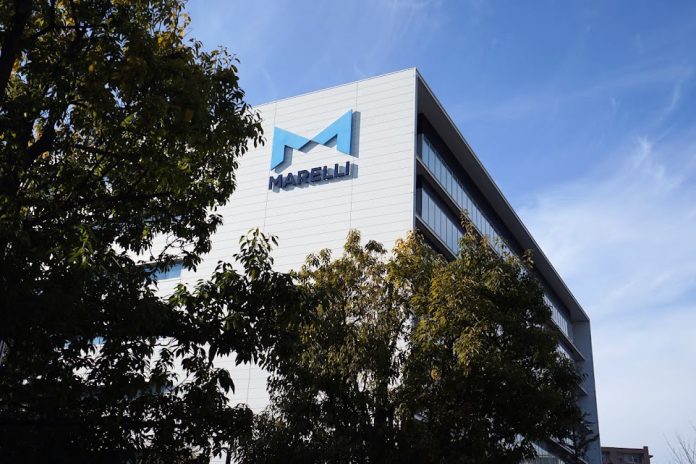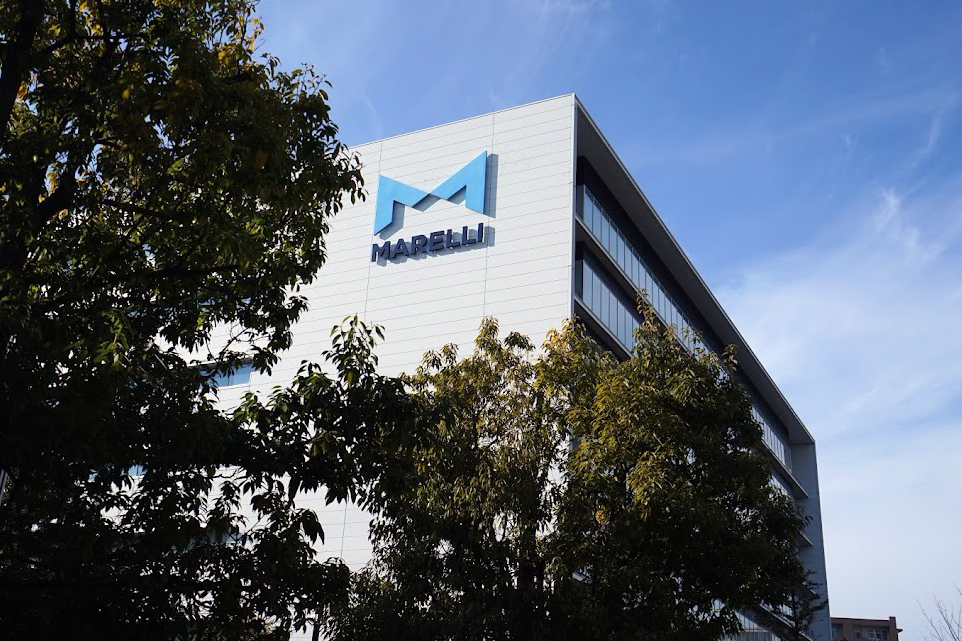
“The first big casualty of the tariff war.” That’s how The Wall Street Journal described Marelli’s recent bankruptcy, a seismic event reverberating through the American auto sector. The collapse of a giant like Marelli is not just a corporate footnote it’s a warning shot for every link in the automotive supply chain, from Detroit’s factory floors to global boardrooms. The story unfolding here is not just one of numbers, but of livelihoods, innovation, and the very building blocks of American manufacturing.
As tariffs redraw the map of global trade, Marelli’s fall reveals a new era of risk and opportunity. What caused this industry stalwart to stumble, and what does it signal for the future of car production, jobs, and supply chains? Here are nine critical takeaways for those navigating the shifting landscape of automotive manufacturing.
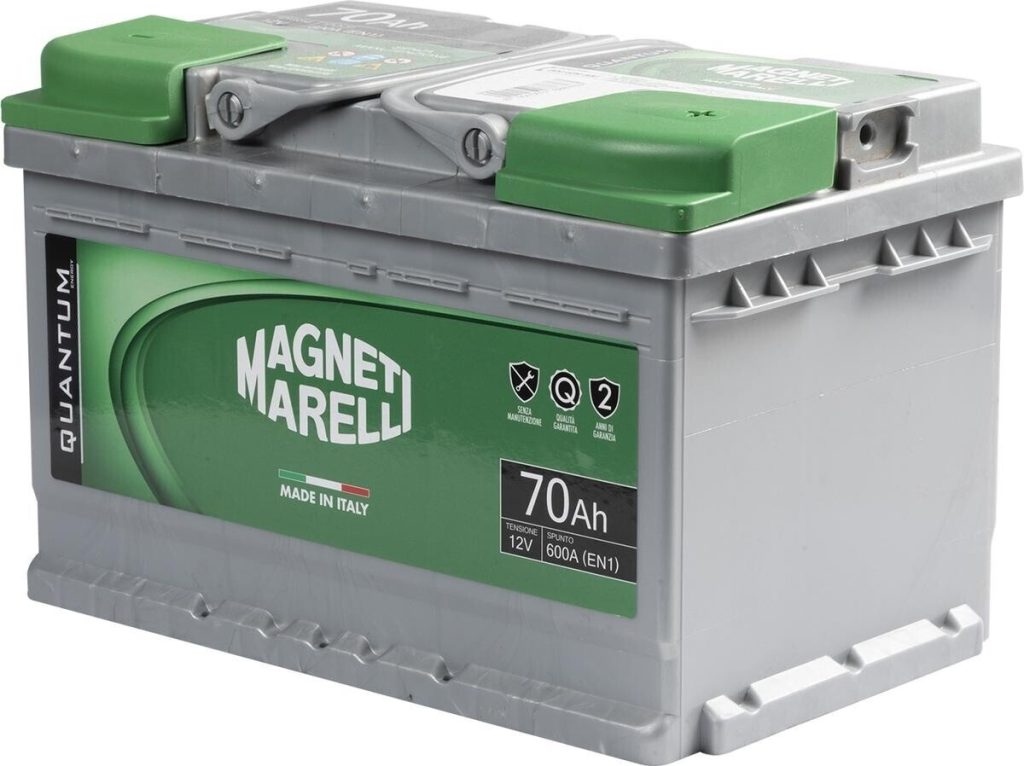
1. Marelli’s Bankruptcy: The First Major Tariff Casualty
Marelli’s Chapter 11 filing in June 2025 marks a historic turning point. The company, which emerged from a 2019 merger of Magneti Marelli and Calsonic Kansei, employed 40,000 people across 150 locations in 23 countries. Yet, mounting debt and a business model reliant on cross-border trade left it dangerously exposed. CEO David Slump attributed “macroeconomic headwinds related to tariffs” as the breaking point, noting Marelli was “hard hit by tariffs due to its import/export-oriented business and the application of tariffs particularly against automobile manufacturers and suppliers” (macroeconomic headwinds related to … tariffs).
This bankruptcy is not just one failure it’s a bellwether. Industry observers caution that “there are a lot of canaries in this coal mine,” as other similar suppliers face the same pressures (there are a lot of canaries in this coal mine).
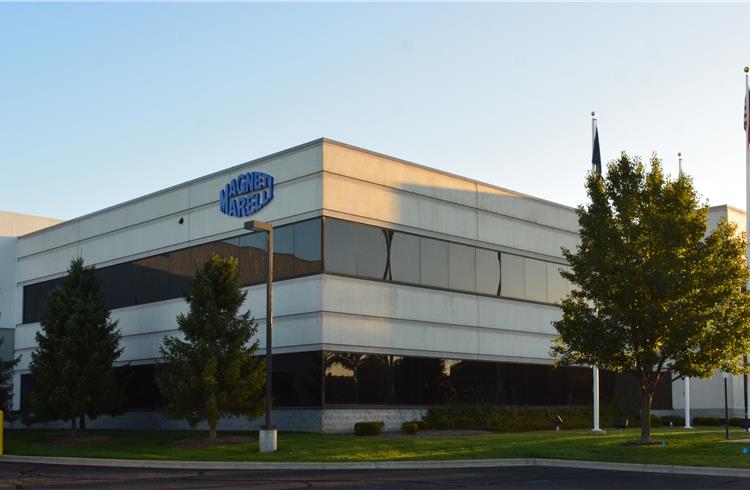
2. The Domino Effect: Jobs and Communities at Risk
The collapse of a supplier as large as Marelli sends shockwaves far beyond its own workforce. In the Midwest and South, where Marelli’s manufacturing footprint is largest, thousands of jobs now hang in the balance. Local economies built around these plants are bracing for layoffs and reduced spending, with small businesses and public services feeling the strain. A Michigan community leader put it bluntly: “Our town depends on these factories.”
Approximately 10 million U.S. jobs are connected to the auto industry, and supplier-level disruptions can cascade through to automakers, dealerships, and service providers (10 million U.S. jobs are connected to the auto industry).
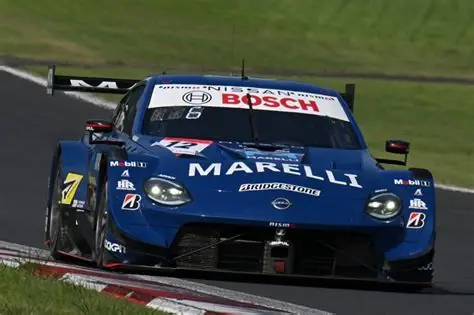
3. Tariffs: The Catalyst for Crisis
The 25% tariff on autos and parts imported in the spring of 2025 was the tipping point for Marelli and most of its colleagues. Sixty-nine percent of U.S. suppliers now think tariffs make them less competitive internationally, says the Motor and Equipment Manufacturers Association (69% of U.S. suppliers now think tariffs make them less competitive internationally).
These taxes did more than just increase the cost of production; they also compelled firms to reconsider sourcing, pricing, and investment plans. For Marelli, the added expense could not be absorbed, and its margins disappeared. As one executive said, “We simply couldn’t absorb the increased costs any longer.”

4. Supply Chain Disruption and the Search for Alternatives
Tariffs have disrupted the world automobile supply chain, inducing a volume of reshoring and diversification. Companies are looking more and more to local suppliers or relocating production to nations such as Mexico and Vietnam, which have gained meaningful U.S. import volume previously lost to China (gained meaningful U.S. import volume previously lost to China).
But this shift is not without its challenges. The U.S. lacks skilled labor and aging manufacturing infrastructure, so it’s hard to quickly replace foreign suppliers. As the supply chain realigns, logistical bottlenecks and increased transportation costs compound the issue.
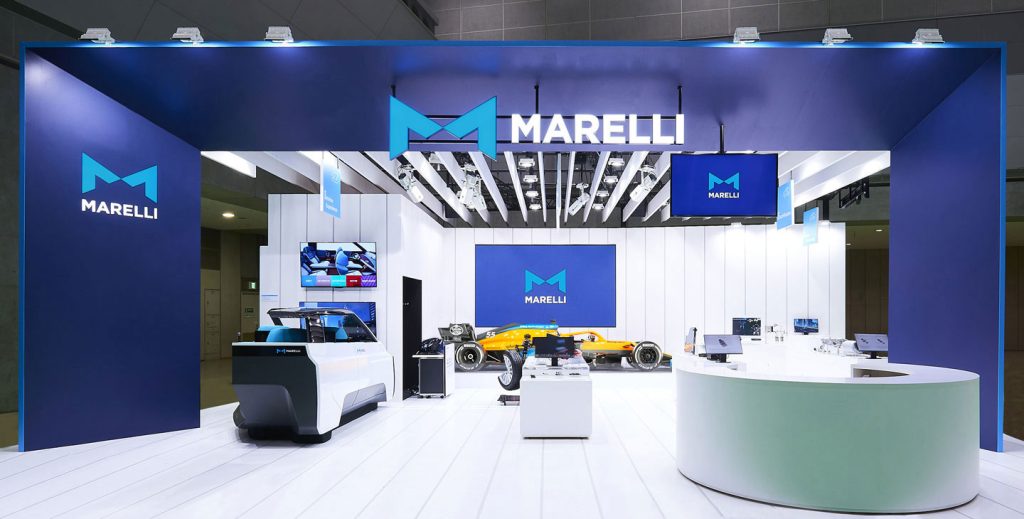
5. The Rising Cost to Consumers
Tariffs are not merely a business issue they directly impact consumers. A 25% tariff on foreign components will increase the cost of a new car by thousands of dollars. Take, for instance, an engine that used to cost $5,000, now priced at $6,250, a cost inevitably passed on to consumers (an engine that used to cost $5,000, now costs $6,250).
Dealerships and garages are already citing increased prices and wait times for parts. “Customers are going to notice this in their wallet,” cautioned a car dealer. The ripple effect has the potential to slow new car purchases and postpone repairs, adding to the industry’s pain.
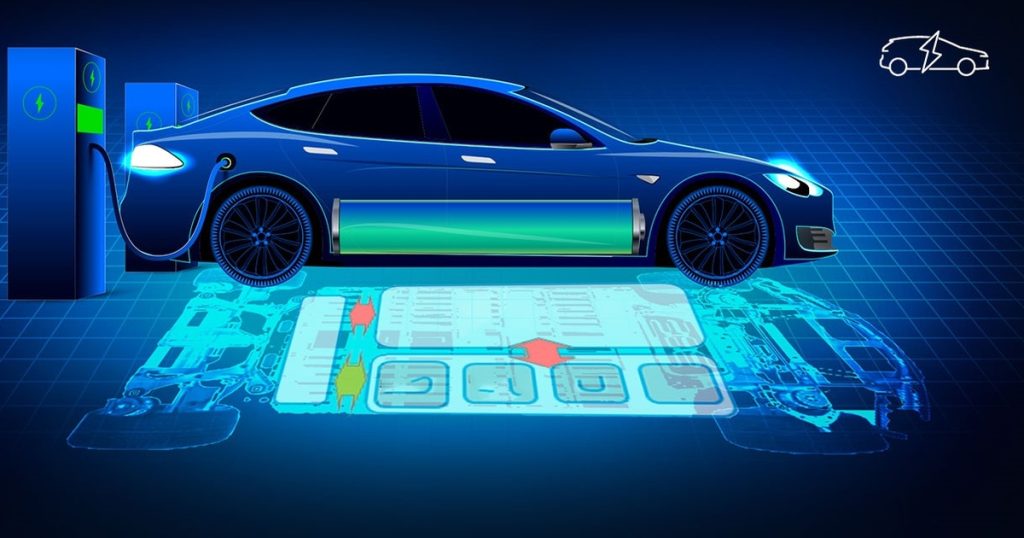
6. A Sector-Wide Vulnerability: Debt, EVs, and Uncertainty
Marelli’s downfall was accelerated by $9.5 billion in debt from its 2019 merger and disappointing returns on investments in electric vehicle (EV) technology ($9.5 billion in debt from its 2019 merger). Many suppliers now face a “witch’s brew” of volume declines, high interest rates, and uncertain returns on electrification.
With the American automotive sector already considered the world industry “most vulnerable to financial distress” in 2025, the specter of more bankruptcies hangs heavy. Experts warn that “altering the landscape of their business models can send them over the edge pretty quickly.”
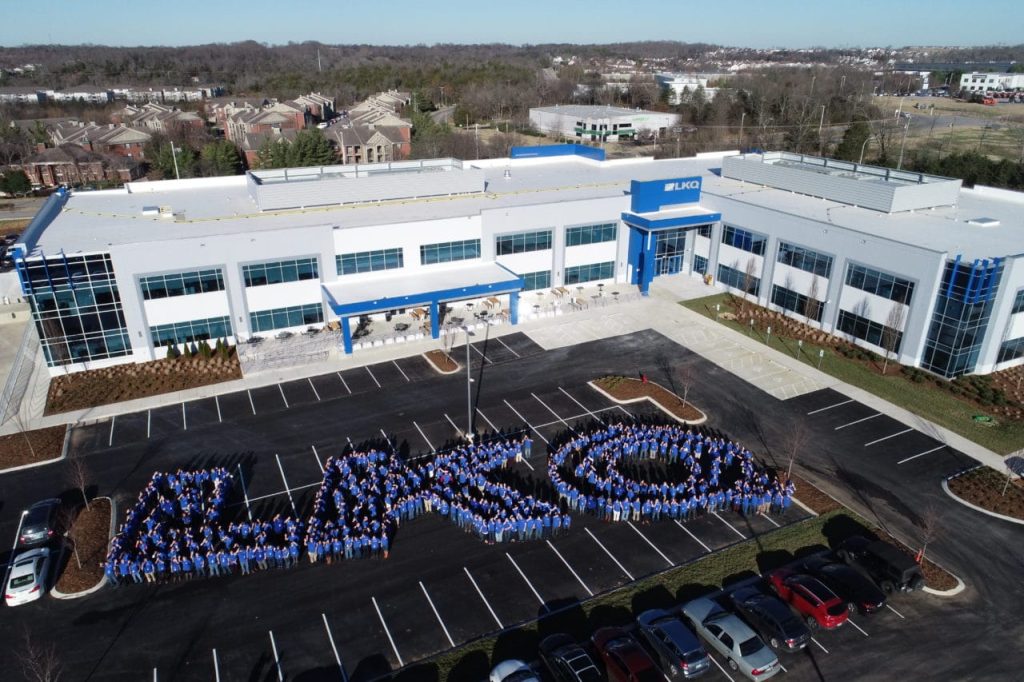
7. Competitors and Consolidation: Winners and Losers
Whereas others are suffering, others are profiting from the upheaval. LKQ Corporation and Advance Auto Parts are among the companies that have shown strength through cost discipline, geographic diversification, and technology-fueled expansion. LKQ, for example, enjoyed 10% growth in Q1 2025 net income in spite of declining revenues due to SKU rationalization and private-label part concentration (LKQ, for example, enjoyed 10% growth in Q1 2025 net income).
Industry professionals foresee a consolidation wave as small players are in trouble and the larger ones make an effort to grow. This shake-up might change the competitive landscape permanently, benefiting those with reserves of cash and operating flexibility.

8. Industry Countermeasures: Innovation and Adaptation
To ride out the storm, automakers are putting money into technology, supply chain transparency, and alternative sourcing. Predictive analytics and AI now have a significant role to play in risk identification and procurement optimization (Predictive analytics and AI now have a significant role to play).
Certain companies are speeding up the transition to New Energy Vehicles (NEVs) and green components, keeping pace with regulatory patterns as well as tariff realities. Strategic partnerships and increased supply chain transparency are assisting companies in adjusting to the new trade landscape.

9. Policy and the Path Forward
The Marelli fiasco has sparked controversy anew about the balance between defending home-based industries and being competitive worldwide. Industry players caution that “most auto suppliers are not capitalized for an abrupt tariff induced disruption,” and appeal to policymakers to rethink blanket levies (most auto suppliers are not capitalized for an abrupt tariff induced disruption).
For industry and government leaders, it is a simple imperative: encourage innovation, invest in workers, and develop trade policies that promote growth and resilience. The future of American automobile manufacturing will depend on how soon and sensibly these lessons are applied.
Marelli’s bankruptcy is more than a corporate misfortune it is a pivotal moment for the auto industry. As tariffs, debt, and shifting trade dynamics reshape the sector, the ability to adapt, innovate, and collaborate will define the winners of tomorrow. For professionals, policymakers, and supply chain leaders, the message is unmistakable: vigilance and agility are now the industry’s most valuable assets.
